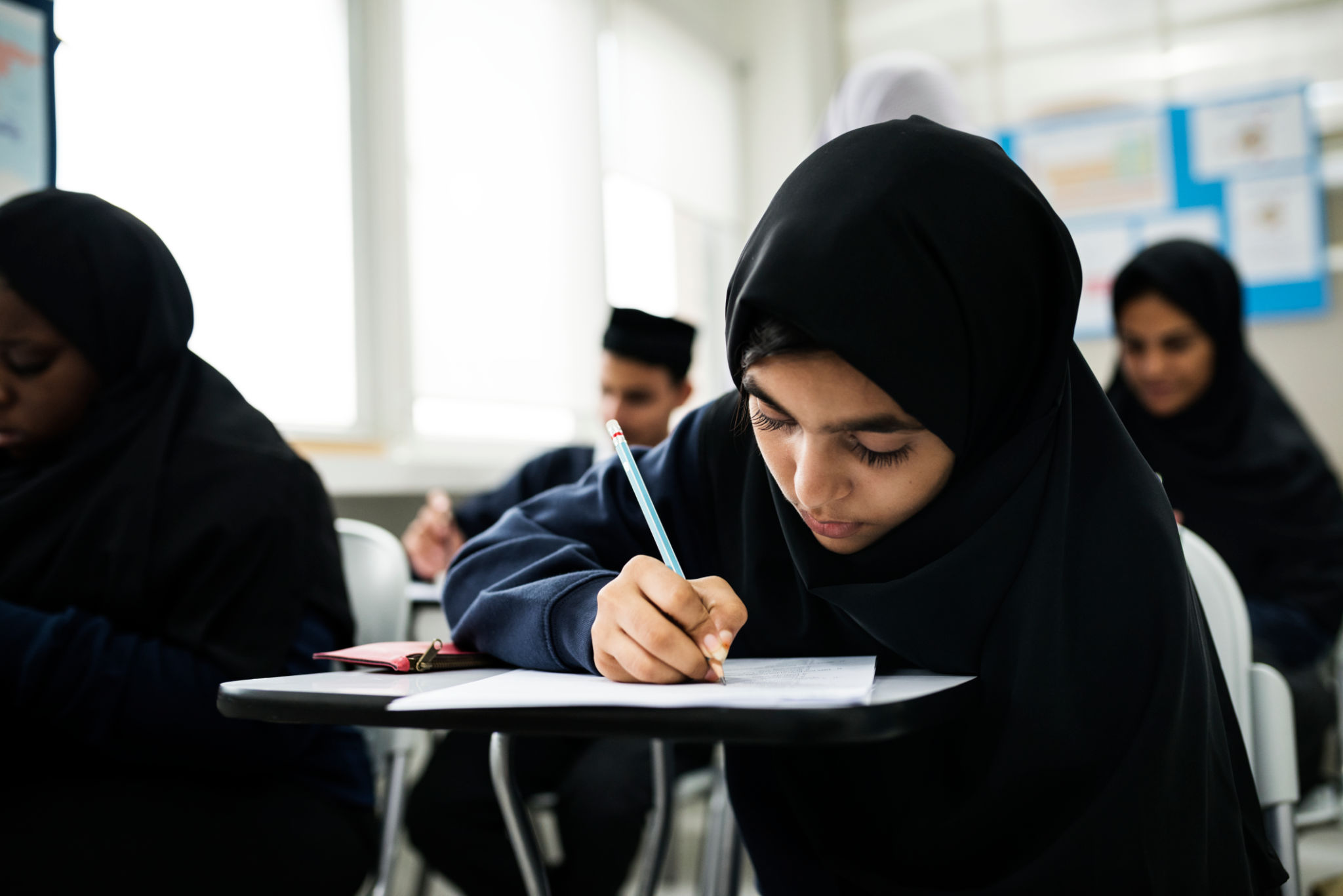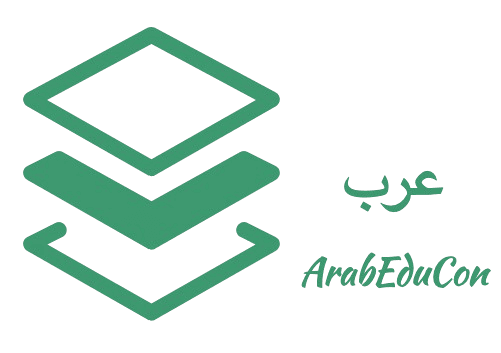How to Leverage Educational Innovation for Arabic Language Development
Understanding the Importance of Arabic Language Development
The Arabic language, with its rich history and cultural significance, plays a crucial role in the lives of millions. As globalization continues to shape our world, the need for effective language development strategies becomes increasingly important. Leveraging educational innovation can help not only preserve the language but also enhance its teaching and learning processes.
In recent years, there has been a growing interest in modernizing Arabic language education by integrating technology and innovative methodologies. This shift aims to make learning more engaging and effective, ensuring that learners, regardless of their background, can develop proficiency in Arabic.

Incorporating Technology in Language Learning
One of the most significant ways to leverage educational innovation is through the use of technology. Digital tools and platforms have transformed how languages are taught and learned. For Arabic language development, online applications, interactive software, and mobile apps provide learners with engaging content tailored to their proficiency levels.
These tools often include features like interactive exercises, pronunciation guides, and virtual flashcards that cater to different learning styles. By incorporating multimedia elements, learners can experience a more immersive environment that resembles real-life scenarios.
Advantages of Online Platforms
Online platforms offer a flexible learning atmosphere that can be accessed from anywhere in the world. This flexibility is particularly beneficial for learners who may not have access to traditional classroom settings. Additionally, online platforms often provide instant feedback, enabling learners to track their progress and identify areas for improvement.

Innovative Teaching Methods
Beyond technology, educational innovation also involves the adoption of modern teaching methodologies. Approaches such as task-based learning and communicative language teaching focus on practical usage of the language rather than rote memorization. These methods encourage learners to engage in real-life conversations and problem-solving activities using Arabic.
Moreover, integrating cultural content into lessons enhances language comprehension and appreciation. By understanding the cultural context, learners can develop a deeper connection with the language, which promotes long-term retention and interest.

Collaboration and Peer Learning
An often overlooked yet powerful aspect of educational innovation is collaboration. Peer learning environments encourage students to work together, share knowledge, and practice their language skills in a supportive setting. This collaborative approach fosters a sense of community and helps build confidence in using the language.
Conclusion: Embracing Change for Future Success
The journey towards enhancing Arabic language development through educational innovation is ongoing. By embracing modern tools and methodologies, educators can create dynamic learning experiences that cater to the needs of diverse learners. This approach not only ensures the preservation of the Arabic language but also prepares learners for successful communication in a globalized world.
Ultimately, leveraging educational innovation requires commitment from educators, students, and policymakers alike. By working together to integrate these advancements, we can pave the way for a future where Arabic language education is accessible, engaging, and effective for all.
